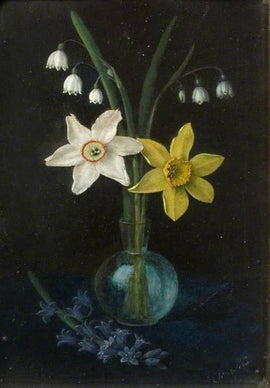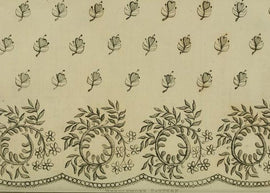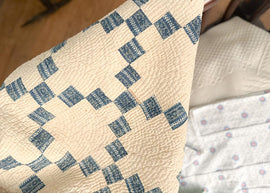What Makes Atèlette Sustainable?
“Do the best you can until you know better. When you know better, do better.” - Maya Angelou
I have been thinking asking myself a lot lately what is it exactly that makes Atèlette a sustainable womenswear brand? I hesitate to assign the label on it because I'm not sure if I live up to it, not yet anyway. I think for any sustainable clothing line or any ethical and slow fashion brand, we're all just trying our best. At least, that is my hope that the person who holds the reigns really and truly cares. For my part, for my small company, I really truly care about it. I am starting a little blog series here on what makes Atèlette sustainable, mostly as a way for me to record my progress as I learn more, but also to share with y'all and have some transparency.
Making conscious sustainability aligned decisions for my line isn't just so I can sell you on my brand and it's not really about making you feel good about your buying decisions, though obviously both are positive outcomes. At the base of my decision making is making sure that I feel consciously good about what I'm doing, feeling like I've done the best I can with the knowledge I currently have and the resources I currently have access to.
Truthfully, I have asked myself, is THIS absolutely necessary? Is there even a need for yet ANOTHER romantic, feminine, vintage inspired clothing line? Probably not. Is there a need for a vintage inspired womenswear brand that is affordable? Yes, I think there is. Maybe? I wrestle with it sometimes, despite my best efforts to negate the effects of fashion waste, by producing anything NEW I am contributing to it.
So, there is always going to be that thought that it's in the back of my mind and it is delicately lined with a trimming of guilt.
I didn't set out to start a sustainable clothing line honestly. I just wanted to make beautiful quality garments. I think it is a blessing I did not go to fashion or design school because I have had to actively seek out so much information on my own. And in doing so, I have had to ask a lot of questions.
However, when I learned how much power a brand actually gets to have over their production, over their fabrics, over their trims, over everything, I realized that most brands that aren't practicing sustainability only care about one thing. THE BOTTOM LINE and making AS MUCH PROFIT as possible by taking advantage of so many people along the production line.
What I have learned so far is that every brand has the option to make the most ethical and sustainable choices. But sometimes the choice means it costs more time and more money and a lot of brands again are only concerned about profit and money.
At Atèlette, I try to ask myself what would be the BEST (i.e. the decision that makes my conscience feel the best) outcome for a decision. A great example I can give you is my commitment to using as little synthetic fibers as possible moving forward. I have come across beautiful laces I would love for my designs, but if they can't be made in cotton (which costs more), then I forego that lace option and look for one that is cotton or can be made in cotton.
A decision like this means as simple as 15 cents more a yard for the lace. Doesn't seem like much, does it? For Atèlette it just means the final cost of that product may cost $1 more now. This shouldn't be a big deal! Cotton can take 5 months to decompose versus nylon which can take 30-40 months.
One of my goals for Atèlette is to only use natural fibers whenever possible. I'm not going to claim I will only ever use natural fibers, but every fabric and material decision I make must align with my ethos and values. If the fabric already exists and is produced and will go to waste, I'd rather use it for my design, than it ending up trashed. For example, I ask my manufacturer if there are any fabrics another brand may have already ordered but cancelled the production on because it may work for something I am working on already. BTW, two of these garments exist and you can currently vote for them in The Development Room (the Parker Skirt in Larsen and Pemberley Dress in Larsen)
The balance for me is trying to use natural materials that already exist and if I have to produce new materials (like our custom reproduction prints) to use natural fibers whenever possible.
I have recently learned more about the harmful chemicals and process that goes into dyed garments and it sort of freaked me out! Now I am thinking, oh my God, I'm only going to make undyed garments from now on and people can just dye them with plants and use natural dyes! Here's the thing though, as the owner and designer, I CAN make that decision, and I might honestly! It's very possible 90% of Atèlette is all off white cottons since that means no harmful dye chemicals have touched any of the fabrics!
What I have learned so far on my journey is that decisions are made every single day about how to produce a garment and there is always the choice with the better outcome for the planet and the people, but the flip side of the coin is that it costs more money and more time. The question is, as the end consumer, are you willing to "pay the price?" I'm taking inspiration from Dr. Angelou, I'm doing the best I can until I know better. And when I know better, I'll do better. And I hope you'll do the same in your consumption choices!
TAGS:











